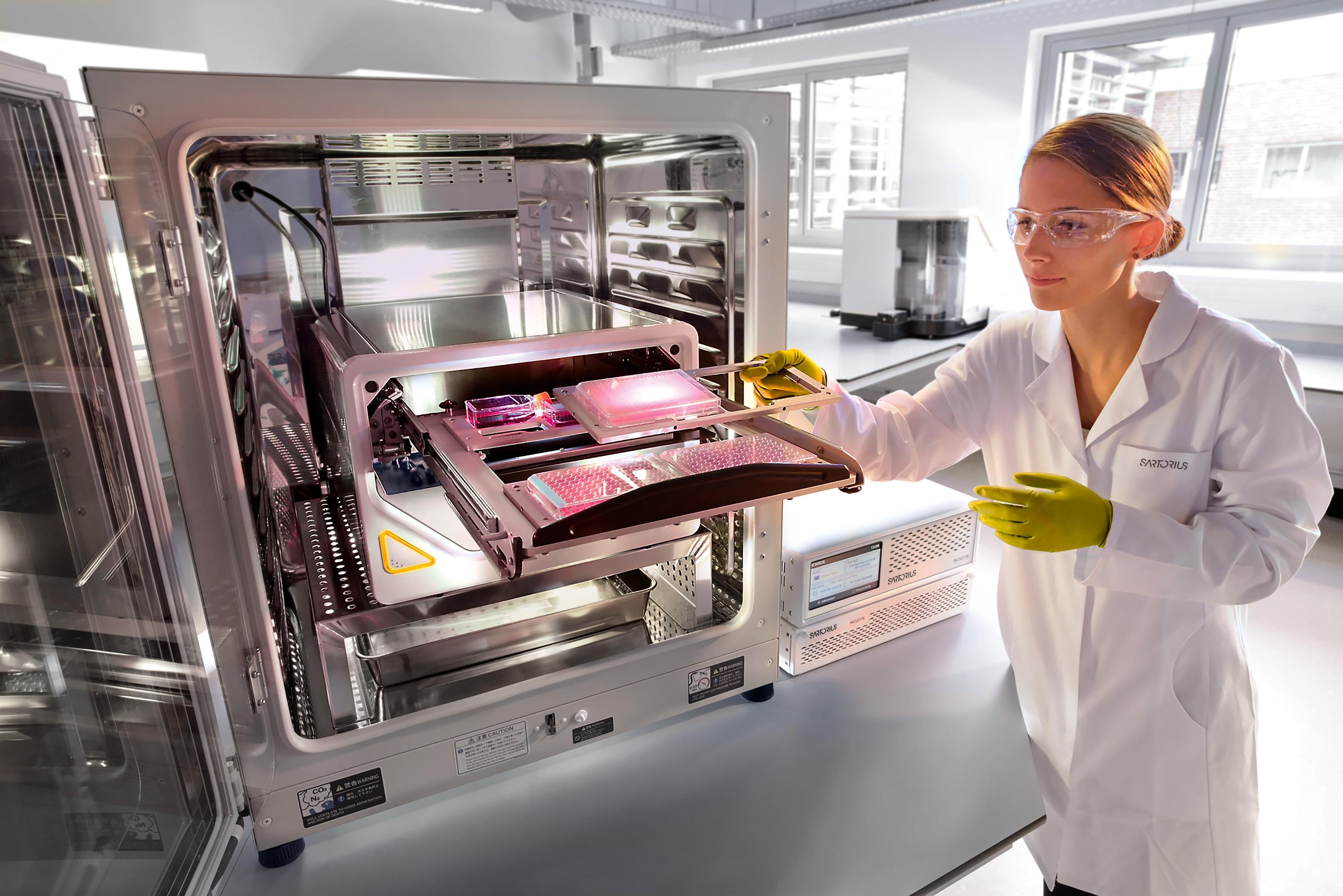Classification of cell morphology with advanced multivariate analysis
Watch this on-demand webinar to discover a user-friendly workflow that yields quantitative analysis of a wide range of biological models
23 Feb 2022

Analysis of cell morphology is a powerful technique that can provide insight on cell behavior and function. Morphological features can add a layer of information to multiplex data and are advantageous where fluorescent labels or reporters would be detrimental to cell health. However, quantification of morphology often relies on the use of single variables as a surrogate for cell shape, which can result in inaccurate or misleading data. In addition, these single variables are usually not comparable across different cell lines which possess diverse morphologies.
In this free SelectScience® webinar, now available on demand, Dr. Gillian Lovell describes how advanced multivariate analysis can be used to simultaneously analyze multiple aspects of cell shape.
Watch on demandRead on for highlights from the Q&A discussion or register now to watch the webinar on demand
What control images would I need to train the classification?
GL: The control images that you'll need will depend on what morphologies you're interested in. Cells can be classified as long as you’ve got two distinct morphologies. For example, distinguishing live cells versus dead cells. For your live training set, use a wide range of live cells over a full range of confluences over time. Make sure that your segmentation is still working well and that you've got a wide range of cells there. For dead cells, you'll need something that's been treated with a cytotoxic compound, and obviously, only use the later time points where your cells are dead.
If you're looking at a differentiation assay, early versus late time points can be used. As the differentiation proceeds, your cells will change shape. So, for undifferentiated, you could use your early time points and for differentiated, you could use the final time points.
Can I use any cytotoxic compound to generate controls for dead cells?
GL: Yes. If there's something that you normally use, go ahead. If you know it's going to induce cell death, perhaps first run a test to ensure that it generates an appropriate morphology and that you can segment the dead cells cleanly. We have noticed that if you use staurosporine, in a lot of cases it generates quite a lot of debris, so that can sometimes be quite tricky to segment. We tend to use camptothecin, 10 micromolars. It induces cell death in quite a lot of different cell types that we've tested. So that's the one we would generally start off by testing.
Why does the label-free classification not match the fluorescent marker?
GL: Morphological changes can occur at a different timeline to the changes that fluorescent markers can rely on. For example, if you use caspase activation as a marker of cell death or apoptosis, these can be sort of an earlier indication of apoptosis than actual morphology change. Therefore, you might get a slight shift in your time courses. Also, during a differentiation assay, for example, certain markers might be upregulated before, or even after you see the morphological changes.
How do you validate if a training set is homogenous enough? For example, the dead cell in a drug test. Is fluorescence signaling the gold reference?
GL: For our validation, we have used the fluorescence signal as a gold standard. I would consider it homogeneous enough if there's around 90% cell death in your wells, and you will be able to see that visually. But you can also compare it to a fluorescence reagent as well.
Can I classify three groups of cells?
GL: Not at the minute. Currently, we can only classify two groups at a time. But you can run as many different classifications as you want on a plate. For example, for differentiation, if you have results that show a mixed phenotype, you can classify monocytes versus macrophages. So early versus late time points. Within that macrophage population, you can run another classification, for example, ramified versus amoeboid cells.
Can I rerun a classification job on another assay plate?
GL: Yes, you can. If you've set up the classification nicely, the subsequent plates don't need the controls on the plate, and you can run it again anytime you like. But you should have the same cell type as you trained the classifier on because it relies on morphology.
For example, if you've tuned your live cells to look for something like an A549, obviously something like an HE1080 will be a different morphology so it could confuse the classifier. You should maintain the same classifications within cell types.
Does the Incucyte system work for suspension cell cultures?
GL: Yes, suspension cell cultures can be used in the Incucyte. We often use flat bottom plates coated with something like poly-L-ornithine (PLO). It gently sticks the suspension cells down onto the surface of the culture plate which allows us to acquire images of them. It is quite a gentle process so we do see them still proliferate over time and they're not perturbed by the process.
Can a user train the classification groups themselves?
GL: Yes, this is the great thing about this module: you choose your own classification groups. If you have different cell types, different assays that you want to run, you choose which groups you're interested in, as long as it's within the same assay plate. So, you can choose live versus dead or any other classification setup that you're interested in.
Can I re-analyze previously acquired images with basic mode using the label-free module?
GL: Yes, you can if you've acquired them with the cell-by-cell module. If it's the standard without the cell-by-cell options, then no, you'll have to run the acquisition again.



